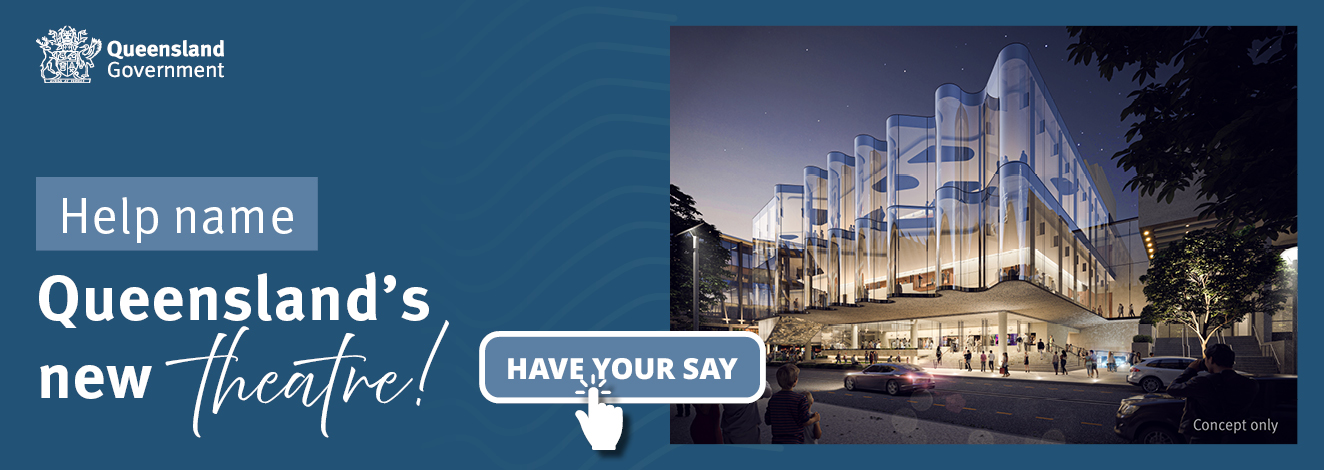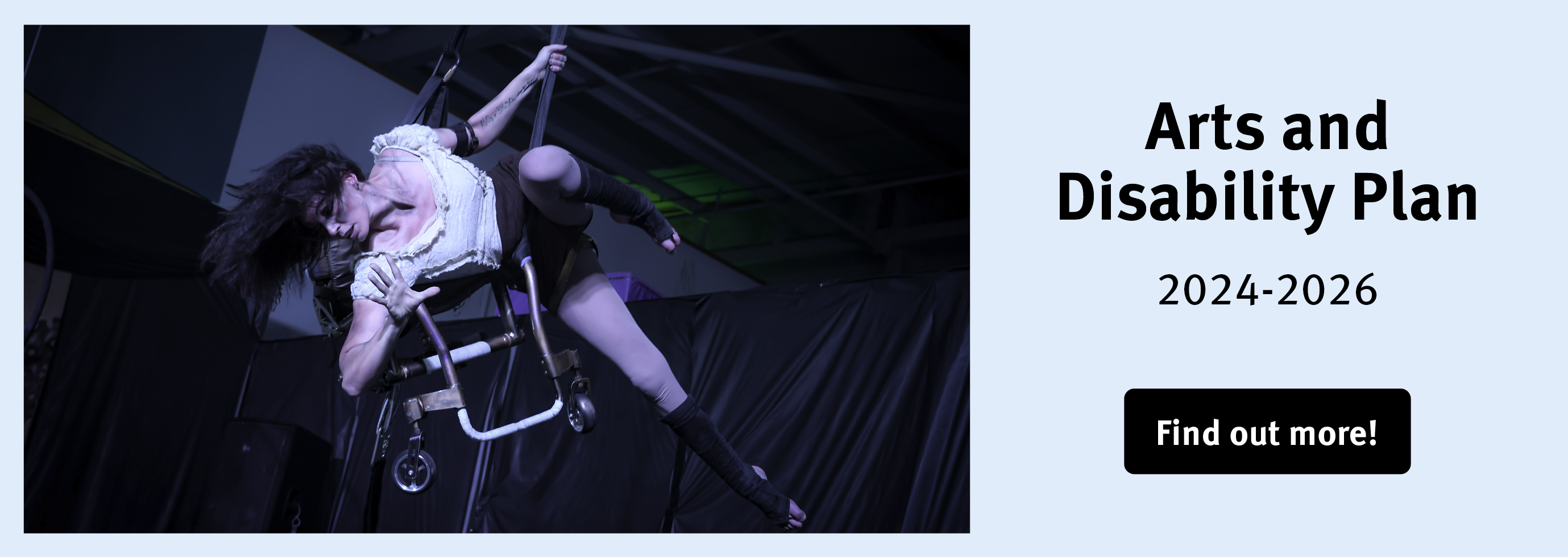Culture Champion Svenja Kratz describes her exploration of the intersections between art and science
Culture Champion Svenja Kratz describes her exploration of the intersections between art and science...
After working across art and science for over seven years, I find it strange to think that they are still often perceived as contradictory. While different in the form of enquiry enacted, both are inherently creative and transformative disciplines, often driven by curiosity and a desire to understand the world. Indeed, it was curiosity and a thirst for further understanding into the biology of the body that inspired me to begin working with cell and tissue culture at QUT’s Institute of Health and Biomedical Innovation (IHBI) in 2007. Early works primarily engaged in the uncanny nature of cultured cells, as living fragments of often deceased organisms.
Later works took this engagement further, commenting on notions of transformation and the shifting boundaries between life and death, benefit and harm, as well as the history of scientific research and human fascination with oddities.
While diverse, the works developed during my engagement at IHBI formed part of an ongoing dialogue that aimed to show the way in which knowledge, even scientific knowledge is influenced by cultural and social attitudes and assumptions, and is further in a constant state of transformation.
In 2012, I was fortunate to be the recipient of the Queensland Premier’s New Media Scholarship from QAGOMA. The funding provided the amazing opportunity to continue my professional development as a Queensland bioartist and take part in a five month residency at the Gorlaeus Laboratories at Leiden University in The Netherlands. During the residency I worked with a team of scientists involved in a large scale project titled Biosolar Cells that is investigating sustainable solar energy technologies. As part of my engagement, I worked on a sub-project in which we introduced directed mutations into light-driven protein pumps with the aim of increasing the efficiency solar energy conversion by shifting the absorbance spectrum to make use of more available light energy.
On return, I produced a series of intricate drawings incorporating the processed protein. These drawings are of fictional mutant organisms inspired by 19th century scientific illustrations, historical chimeras, real and imaginary mutants. The work seeks to challenge the often misleading and negative perceptions of mutants, particularly in the context of new and emerging biotechnologies, as in the work the real mutant is the coloured protein and not the depicted fiction.
Continuing on from the residency, I am also currently working on an interactive holographic display system with micro-electronics engineer Michael Maggs. This hologram will connect to the different laboratory processes undertaken in Leiden and reveal more about the protein function and related research potentials. It is anticipated that the resulting holo-graphic will respond to vocal vibration and form a base prototype for further development over the next years. In future versions, we are hoping to refine the interactive elements and integrate bio-fabricated components (3D printed living structures) linked to an AI interface, with the aim of allowing viewers to have a conversation with bio-fictional future creatures. The next step….bio-robots. After all …who doesn’t want to have a chat to spider-legged bio-robots in an art gallery?
Don’t let me mislead you, however. While I am certainly interested in creating unique and engaging artworks that challenge people’s assumptions, I do not approach my practice frivolously, or see my primary function as ‘shock and awe’. Indeed, with all of my work, I wish to engage the audience in constructive dialogue and encourage viewers to consider the potentials (positive and negative) of our current trajectories. In my view, creative practice provides an amazing experiential platform to engage viewers in thinking about potential futures, ethical concerns and the role we play as consumers and creators. I also think the benefit of artists working closely with scientists is that the process generates new ideas and ways of working that have the potential to transform and expand disciplinary horizons.

Svenja Kratz is a contemporary Brisbane based artist interested in transdisciplinary creative practice, particularly the intersections between science and art. From 2007 – 2012, she worked as an artist in the area of cell and tissue culture at QUT’s Institute of Health and Biomedical Innovation (IHBI). During this time she produced three bodies of work that mapped her engagement with contemporary biotechnologies including the primary culture of human and fetal calf cells, tissue and genetic engineering. These projects include: The Absence of Alice – a series of mixed media exhibitions originally inspired by the artist’s engagement with the Saos-2 (bone cancer) cell line, The Immoralisation of Kira and Rama – a living bioart display of fetal calf cells and The Human Skin Experience/Equivalent Project – a jewellery project incorporating tissue engineering practices. In 2013, she completed her PhD in biotechnology and contemporary art at QUT. In the same year, she continued to develop her engagement across art and science through a five month residency at Leiden University in The Netherlands, funded through the 2012 QLD Premier’s New Media Scholarship from QAGOMA. She is currently collaborating with micro-electronics engineer Michael Maggs on the production of a series of interactive visual display systems to engage audiences in critical debate surrounding the risks, potentials and ethical implications of new and emerging biotechnologies.
Acknowledgements: The development of the works outlined would not be possible without the input and assistance from scientists, creative practitioners and researchers from QUT, IHBI, SymbioticA and Leiden University. Special thanks are extended to Zee Upton, Tony Parker, Rebecca Dawson, Jacqui McGovern, Leo Leung, Tristan Kroll, Mike Riddle, Dan Mafe, Courtney Pedersen, Oron Catts, Ionat Zurr, Stuart Hodgetts, Michael Maggs, Srividya Ganapathy, Wim de Grip, Huub de Groot, Robert Zwijnenberg, David Louwrier, Kira, Rama and Alice.
Feature image: Life and Death Vessels: A Collection of Curiousities (2011 – 2014), Custom installation of preserved biological specimens and living organisms (slime mould, triops and plants) in engraved glass vessels, Photograph by Dan Cole.



